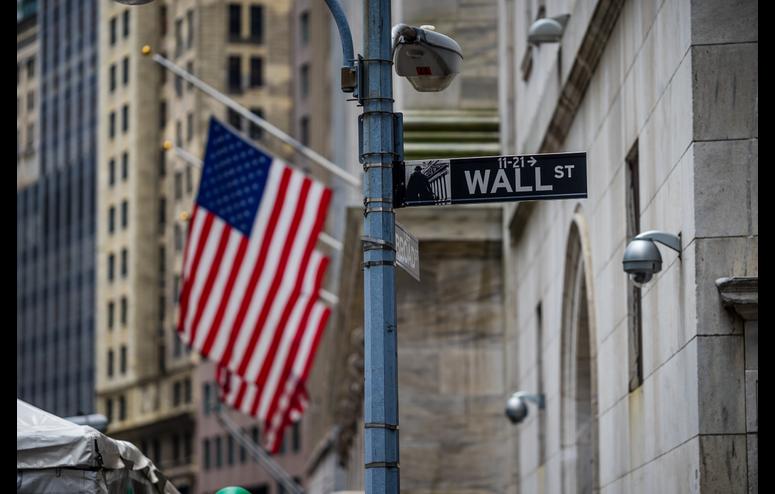Three Stocks That Can Be Potential Short Squeeze Plays - Tokenist

Neither the author, Tim Fries, nor this website, The Tokenist, provide financial advice. Please consult our website policy prior to making financial decisions.
The crypto and stock market have had their share of short squeezes in recent years. Simply put, it’s a bet inversion. In the stock market, investors place a short position when they bet that a company’s shares will decline because they are overvalued.
This bet consists of borrowed shares from the broker, which shorters sell on the open market. If the bet materializes and the price of shares declines, short sellers can buy them back at a lower price and make a profit.
Short Squeeze Volatility: Unlimited Loss or Great Profits
Yet, if some news turns bullish for the stock, triggering the price rise, short sellers are in a losing position as they are forced to buy back borrowed shares to cut losses. They must pay margin deposits to the broker to offset potential losses while keeping their short positions open.
This rising buying pressure feeds the demand, often increasing the stock price. In turn, more short sellers have to cover their positions. Suffice it to say that shorting an asset is a highly risky strategy with the potential for unlimited losses.
This is exactly what happened to now-defunct hedge fund Melvin Capital as it heavily shorted GameStop (NYSE: $GME). Most recently, we have seen the power of shorting with Bitcoin as unexpected fake news on Bitcoin ETF approval resulted in $84.85 million in short liquidations on Monday.
Liquidations for Bitcoin short positions. The entire crypto market had a $136.5 million liquidation spree. Image courtesy of CoinGlass.
Although long traders come on top in these short squeeze breakouts, they also have to keep a sharp eye on how sustainable they are. After all, buying pressures can deflate as rapidly as they balloon.
With that cautionary tale in mind, which stocks show the highest short squeeze potential in the short run?
One must account for the company’s fundamentals and the present short volume ratio (SVR). A high SVR indicates that a large percentage of the trading volume has short positions, creating a short squeeze opportunity. However, investors should also remember that the overall market sentiment determines if a short squeeze will actually occur.
Join our Telegram group and never miss a breaking digital asset story.
Making a simulacrum out of an ancient food staple is a tough sale to make. Beyond Meat went public in May 2019 with a $3.8 billion valuation from a meat replacement hype. Since then, the company’s market cap has shrunk to $519.4 million, as BYND shares lost 82.4% of its value.
It turns out plant-based meat buyers don’t shy away from animal protein as well. And Beyond Meat products have been consistently more expensive than real meat. The Nasdaq analyst consensus on BYND stock continues to read “underperform.”
They placed the average BYND price target at $7.69 against the current price of $8.12, with a low estimate of hitting $3 per share. According to FINRA, BYND’s short volume ratio (SVR) is a relatively high 49.47 at press time.
Greater demand for augmented reality (AR), virtual reality (VR), and self-driving car optics creates new market opportunities. MicroVision appeared to have sliced the pie of this market with Light Detection and Ranging (LiDAR) sensors and MEMS scanning laser projectors.
The company also partnered with heavyweights such as Microsoft, Volkswagen and Qualcomm. However, MicroVision has failed to properly commercialize its products, leading to multiple leadership changes over the years. Yet, the company’s annual revenue growth is still negative, now at -42.70% year-over-year as of Q2 2023 earnings report.
MicroVision’s next earnings report is set for October 26th. In anticipation, Nasdaq consensus (from one analyst) places MVIS stock on “hold”, at an average price target of $4 vs current $2.08 per share. On the low side, the estimate is also $4.
Fisker Inc. (NYSE: $FSR)
Based in California, Fisker is another electric vehicle (EV) company but a pre-revenue one. Facing tough competition in the form of Rivian and Tesla, Fisker’s EVs tend to be expensive. Focusing on luxury plug-in-hybrids limits Fisker’s potential to reach mass-market consumers, especially after Tesla’s aggressive price cuts this year.
As of the latest showing in August, Fisker introduced a sub-$30k Pear SUV alongside the Ronin sports car, Alaska pickup truck, and Ocean SUV, coming at $37.5k for its cheapest Sport version. It also bears noticing that Fisker Inc. is the CEO’s (Danish Henrik Fisker) second attempt at creating an EV company.
The first attempt, Fisker Automotive, went bankrupt in 2013, sporting a plug-in Fisker Karma hybrid plagued with production and quality control issues. Nonetheless, based on ten Nasdaq analysts, FSR stock is presently in the “buy” consensus.
The average FSR price target is $9.25 vs the current $5.92, with a low estimate of $5. As of the latest FINRA update, Fisker’s SVR is at 52.37.
